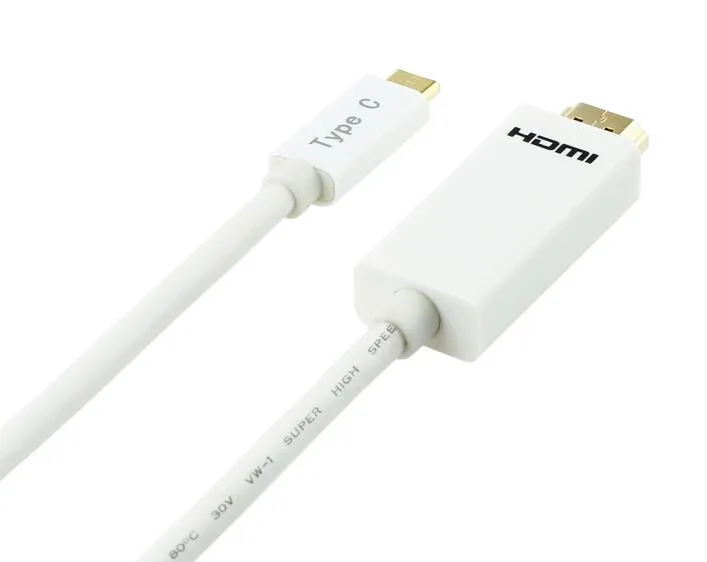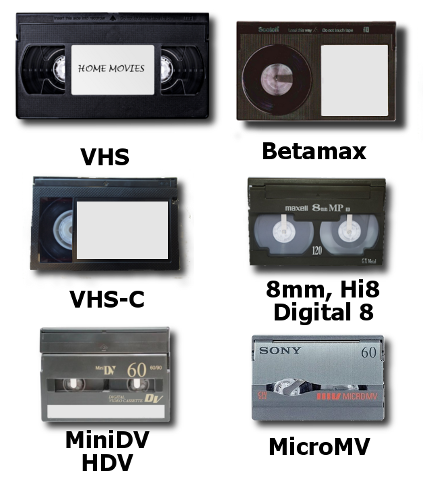

Polaroid came up with its own version of an 8mm video camera and was excited about the 8mm video popularity growth because of its audio capabilities. The first ten minutes of the video offer you a close look at the video camera before it is opened up for troubleshooting.

What happens here is the editor will run the camera back and forth in the order you have set the sequences to be recorded.Ĭheck out the video below to get a feel of the first 8mm camcorder. Users could key in the start and endpoints of a maximum of nine video sequences and copy them in random order to a videotape with a VCR. The electronic viewfinder allowed the user to check the recordings after shooting and they could also be viewed over television without additional accessories.įujix-8 also came with a computer-type editing facility. The standout features of the Fujix 8, 8mm camcorder were an electronic viewfinder and the ability of the camcorder to produce acceptable video quality when shooting in light conditions as low as 20 lux.įujix-8 boasted a 510 x 490 pixel CCD, a 2/3inch image sensor chip with an 11.5 – 70mm f/1.4 zoom capability. Interestingly, the camcorder, which weighed four and a half pounds was built by Sony, which would go on to release its own 8mm camcorder later in that year. FUJI’s Fujix-8įuji then released a model called Fujix-8 in January 1985, carrying a price tag of around $1250. Kodavision was first unveiled on January 6, 1984, at the Las Vegas Consumer Electronics Show.
8MM VIDEO CONVERTER COLOR LINES MANUAL
Model 2200, retailing at $1,599, was the manual focus version. was the autofocus version with fade control. The distribution of the 8mm video camera was however undertaken by Eastman and Kodak.īy mid-1984 two Kodavision versions were available to the public. The 8mm tapes were manufactured by TDK Electronics. Kodak teamed up with Matsushita to manufacture Kodavision 2000. It was the first venture into the electronics field by the photography giant with the 8mm video system. You may venture a guess that Sony launched the first 8mm camcorder. When 8mm video cameras were first introduced in the mid-1980s, they caught the attention of video enthusiasts because of the format’s ability to store video through a mini video cassette, about the size of an audio cassette, which is just one-twelfth the unwieldy size of VHS. This new breed of tapes allowed for improvement in signal-to-noise ratio which means you get less snowy or grainy pictures. The quality of these tapes surpassed that of the normal oxide tapes used with VCR players before the advent of 8mm video. The solution was superior tape quality in the form of metal tapes, otherwise known as Metal Powdered (MP) and Metal Evaporated (ME). The area of tape devoted to each second of video was reduced.Ī solution had to be worked out to compensate for the quality loss. This led to the reduction of the drum diameter and the writing speed. The Conference, among others, decided on the cassette size standard and also how the video signal is to be recorded.Īmong others, the Conference approved the creation of a cassette tape 8mm wide, just a little larger than the audio cassette. The 8mm video format was first endorsed by the 8-mm Video Standardization Conference where a group of 122 (later 127) manufacturers decided on the standard in 1982. While JVC’s VHS and Sony’s Betamax were fighting it out for the crown of the home videotape market, 8mm video cameras burst upon the scene to steal the show from the two formats in the mid-1980s. 1.11.4 How Can I Watch My 8mm Videos Without the Video Camera?.1.11.3 How Do I Transfer 8mm Video to Computer?.1.9.1.1 8mm Video Player-Recorder – 8mm VCR.

8MM VIDEO CONVERTER COLOR LINES MOVIE
Works like a typical projector where you mount the 3 inch or 5 inch reel, insert a memory card, press few buttons and the apparatus will play the film and scan frame-by-frame to create a digital MP4 movie file that you can play on any computer, you can edit, upload to the internet or burn to DVD's. A very simple to use device that will convert your movie reels into digital movies (no sound) with few strokes.

Introducing the Wolverine Reels2Digital Moviemaker. Convert your Film into digital now before the memories are lost forever! Worse, the memories are fading and the film is becoming more brittle just sitting in the box. Your old reel-to-reel 8mm and Super 8 films are degrading.


 0 kommentar(er)
0 kommentar(er)
